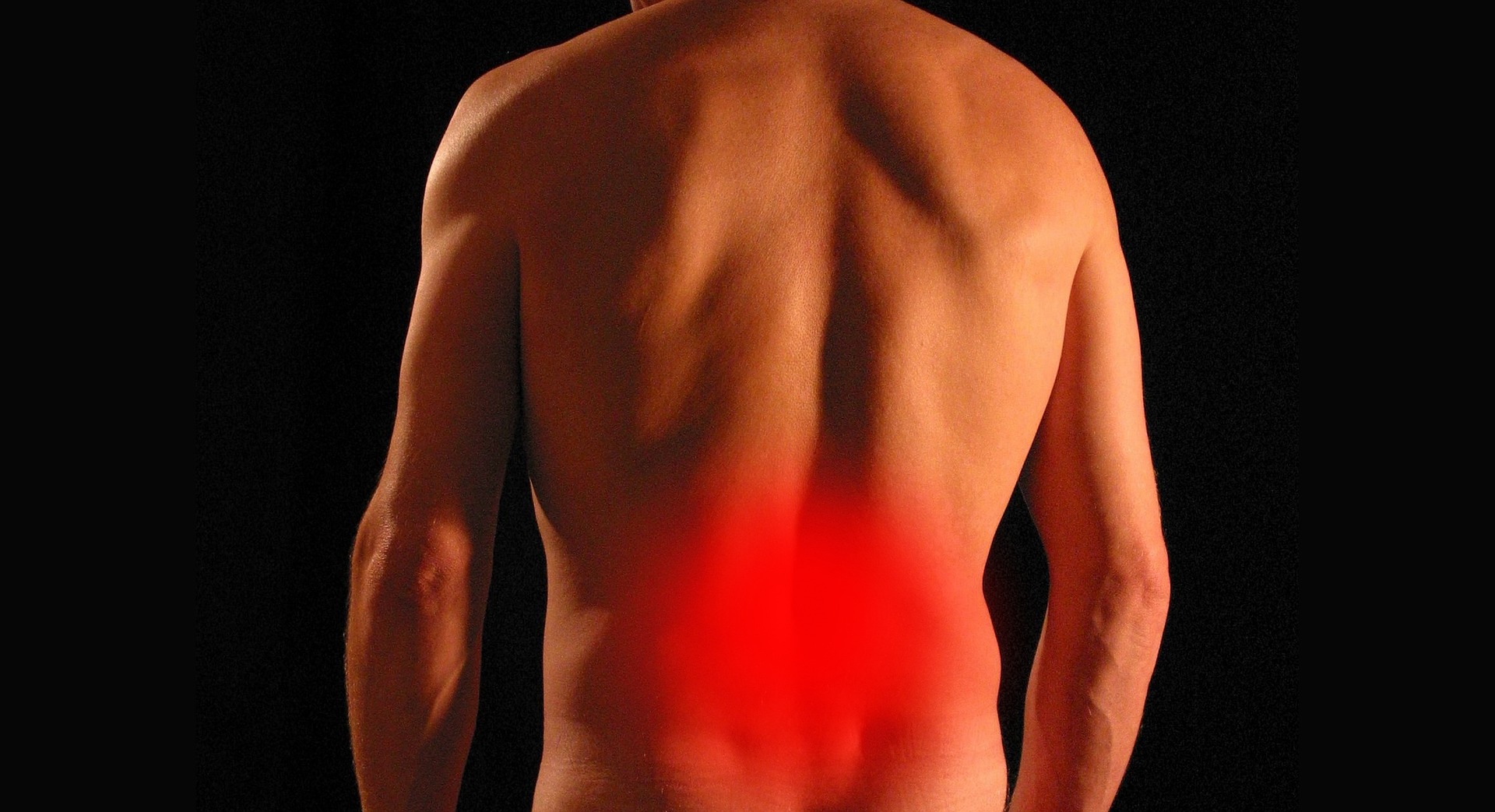Understanding Causes and Common Triggers of Shoulder Pain - A Comprehensive Guide
Shoulder pain affects millions of people worldwide, limiting mobility and interfering with daily activities. The shoulder is a complex joint with an extensive range of motion, making it vulnerable to various injuries and conditions. Understanding the underlying causes and triggers of shoulder pain is essential for effective management and prevention. This comprehensive guide explores the common factors contributing to shoulder discomfort, how these issues impact quality of life, and practical strategies for prevention and management without relying on pharmacological interventions.
What Causes Shoulder Pain?
The shoulder consists of multiple structures, including the glenohumeral joint, acromioclavicular joint, rotator cuff muscles, tendons, ligaments, and bursae. Pain can originate from problems in any of these components. Common causes include:
-
Rotator cuff injuries: Tears, tendinitis, or impingement of the rotator cuff muscles and tendons can cause significant pain, especially during overhead movements.
-
Frozen shoulder (adhesive capsulitis): Characterized by stiffness, pain, and limited range of motion due to thickening and tightening of the joint capsule.
-
Shoulder instability: Occurs when the head of the humerus moves out of the shoulder socket, causing pain and a sensation that the shoulder is loose.
-
Osteoarthritis: Degenerative joint disease that causes the protective cartilage to wear down, leading to bone-on-bone contact and pain.
-
Bursitis: Inflammation of the small fluid-filled sacs (bursae) that cushion the bones, tendons, and muscles near joints.
Common Triggers for Shoulder Pain
Several factors can trigger or exacerbate shoulder pain, even in otherwise healthy individuals. Understanding these triggers can help prevent painful episodes:
-
Poor posture: Prolonged sitting with rounded shoulders, especially while working at a computer, places excessive strain on shoulder muscles and tendons.
-
Overuse: Repetitive motions during work or athletic activities can lead to microtrauma in shoulder tissues, causing inflammation and pain.
-
Improper lifting techniques: Lifting heavy objects incorrectly can strain shoulder muscles and potentially cause acute injuries.
-
Sleep positions: Sleeping on the affected shoulder or in positions that place pressure on the joint can aggravate existing problems.
-
Stress and tension: Emotional stress often manifests physically as muscle tension, particularly in the neck and shoulder region.
-
Age-related changes: Natural degeneration of tissues with aging makes shoulders more susceptible to pain and injury.
How Does Shoulder Pain Impact a Person’s Life?
The effects of shoulder pain extend far beyond physical discomfort, influencing multiple aspects of daily functioning and quality of life:
Work limitations: Tasks requiring reaching, lifting, or overhead movements become difficult or impossible, potentially affecting job performance and productivity.
Sleep disturbances: Finding a comfortable sleeping position becomes challenging, leading to sleep deprivation and further exacerbating pain through a vicious cycle.
Psychological effects: Chronic pain often contributes to anxiety, depression, and decreased enjoyment of life’s activities.
Reduced independence: Simple self-care tasks like dressing, bathing, or preparing meals may require assistance when shoulder mobility is limited.
Social isolation: Pain can limit participation in social activities, hobbies, and sports, potentially leading to withdrawal and isolation.
Decreased physical activity: Avoiding movement to prevent pain can result in overall deconditioning, weight gain, and further health problems.
Recognizing Pain in the Right Shoulder
Right shoulder pain may present differently depending on its cause and can sometimes indicate serious underlying conditions:
-
Location-specific symptoms: Pain specifically in the front of the shoulder often relates to biceps tendinitis or rotator cuff issues, while pain on top of the shoulder might indicate acromioclavicular joint problems.
-
Pain patterns: Dull, aching pain that worsens with movement typically suggests mechanical issues, while sharp, sudden pain might indicate acute injury.
-
Associated symptoms: Numbness or tingling extending down the arm could suggest nerve compression, while pain that increases with deep breathing might have pulmonary origins.
-
Referred pain: Sometimes right shoulder pain originates elsewhere in the body. For example, gallbladder issues or liver problems can refer pain to the right shoulder through shared nerve pathways.
-
Warning signs: Right shoulder pain accompanied by chest tightness, shortness of breath, or jaw pain requires immediate medical attention as it may indicate cardiac issues.
Preventing Shoulder Pain
Proactive prevention strategies can significantly reduce the risk of developing shoulder pain:
-
Ergonomic adjustments: Properly set up workstations with monitors at eye level and chairs that support good posture.
-
Regular stretching: Incorporate shoulder stretches throughout the day, especially during prolonged desk work or repetitive activities.
-
Strengthening exercises: Build a balanced shoulder muscle complex with targeted exercises for rotator cuff and scapular stabilizers.
-
Posture awareness: Practice proper standing and sitting posture with shoulders back and down, avoiding forward head position.
-
Work modifications: Use tools with ergonomic handles, take frequent breaks during repetitive tasks, and alternate between different types of activities.
-
Proper technique: Learn correct form for lifting, sports activities, and exercise to minimize strain on shoulder structures.
-
Adequate warm-up: Before engaging in physical activities, thoroughly warm up shoulder muscles and joints to prepare them for increased demands.
Non-Pharmacological Treatment Approaches
When shoulder pain does occur, several non-pharmacological approaches can help manage discomfort:
Physical therapy: Customized exercise programs can address specific weaknesses, improve mobility, and restore proper movement patterns.
Manual therapy: Techniques performed by trained professionals may include joint mobilization, soft tissue massage, and myofascial release.
Heat and cold therapy: Applying ice reduces inflammation in acute injuries, while heat can relax muscles and increase blood flow in chronic conditions.
Activity modification: Temporarily adjusting activities to avoid painful movements while maintaining overall function can allow healing.
Postural correction: Addressing underlying postural issues often resolves chronic shoulder pain by removing ongoing strain.
Mind-body approaches: Techniques such as relaxation training, biofeedback, and mindfulness meditation can help manage pain perception.
Supportive devices: Properly fitted braces or taping techniques may provide temporary support during healing phases.
This article is for informational purposes only and should not be considered medical advice. Please consult a qualified healthcare professional for personalized guidance and treatment.





